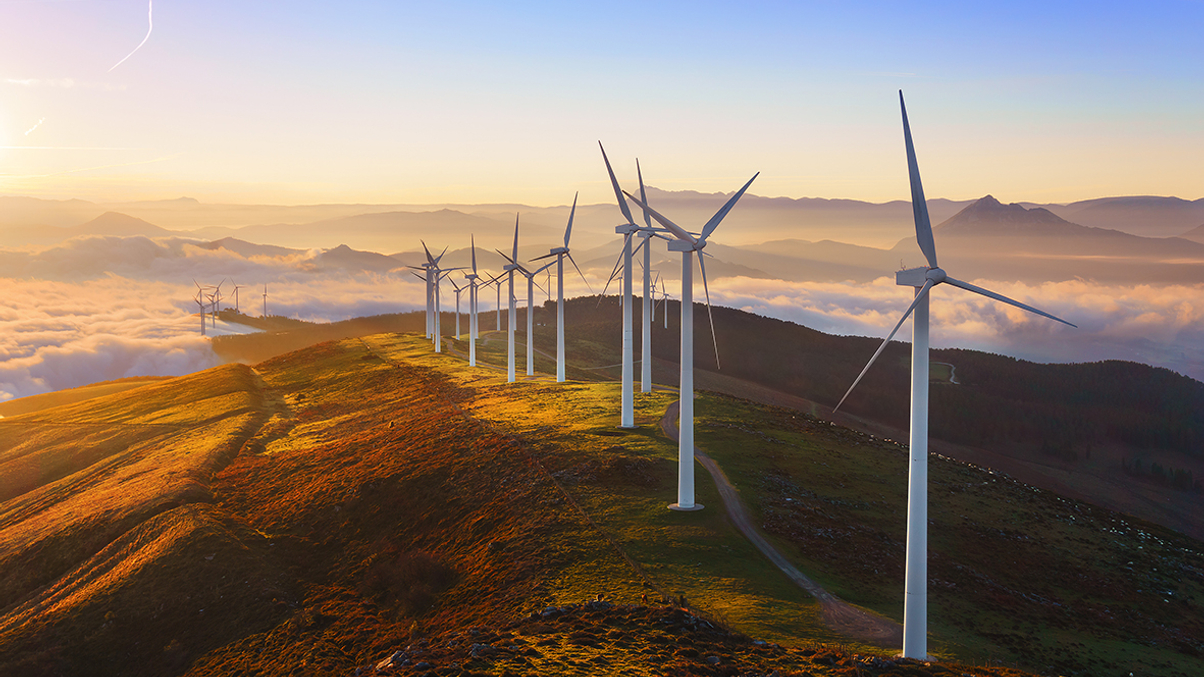Market Views: What are the top renewable energy opportunities in Asia?
Experts overwhelmingly point to China as the market with the most potential for renewable energy, but asset owners have invested in other Apac markets such as Australia and India.

Investment professionals say China has the brightest renewable energy opportunities in Asia, but that has not stopped other asset owners from being successful in Australia and India.
Sign In to Your Account
Access Exclusive AsianInvestor Content!
Please sign in to your subscription to unlock full access to our premium AI resources.
Free Registration & 7-Day Trial
Register now to enjoy a 7-day free trial—no registration fees required. Click the link to get started.
Note: This free trial is a one-time offer.
¬ Haymarket Media Limited. All rights reserved.


